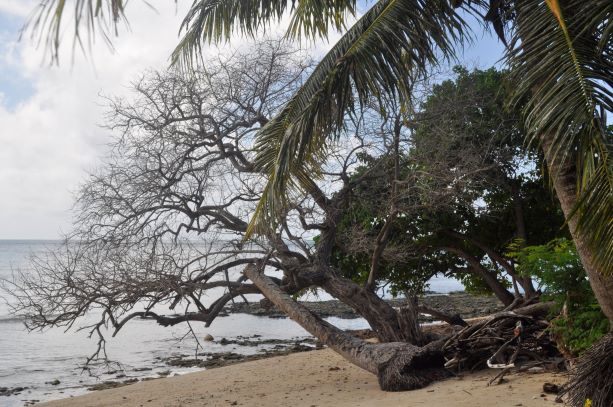Pacific nations are determined to fulfill their international commitments to conserve the ocean around them, despite the lack of data on bioregions within their countries to support their efforts.
However, the current marine bioregions that cover the Pacific Ocean are at spatial scales that are too broad to support national marine spatial planning.
The southwest Pacific bioregionalisation will enable the design of ecologically representative national systems of marine protected or managed areas within offshore and inshore environments in the Pacific. A diversity of authors from or supporting the Pacific region have developed the first combined oceanic and coastal marine bioregionalisation at national scales, with demarcation of 262 deep-water and 103 reef-associated bioregions across the southwest Pacific.
“Bioregions” are defined areas with reasonably similar groupings of biological and physical features that do not require complete data on all species, habitats and processes.
A data-driven approach has been used by the authors to identify and map the marine bioregions, differentiating between the deep-water and reef-associated bioregions. The bioregions have been reviewed by technical experts in the region to make sure they make sense.
The paper titled “National-scale marine bioregions for the Southwest Pacific” which was recently published in the journal Marine Pollution Bulletin, analyses how the new marine bioregionalisation plays a critical role in assisting the countries to develop or enhance spatial planning across the southwest Pacific. For instance, the countries can design ecologically representative systems of marine protected areas by ensuring that examples of every marine bioregion are included in the final design.
The deep-water bioregions were classified with 30 environmental datasets derived from satellite or ship measurements. The reef-associated environments, required records of 806 taxa at 7369 sites to predict the probability of observing taxa based on environmental variables.
Because many bioregions cut across the national jurisdictions, shared bioregions have also been determined in the study. For Fiji, a total of 23 deep-water bioregions have been identified which are all shared while out of the 12 reef-associated bioregions identified, three are shared.
The authors believe that the marine bioregions make an important contribution in providing the biophysical data layer required to improve effective spatial planning across the Southwest Pacific.

Coastal view from Lau. Credit: Wildlife Conservation Society.
The authors of the study are Maria Beger, Hans Wendt, Jonah Sullivan, Claire Mason, Jimaima LeGrand, Kate Davey , Stacy Jupiter , Daniela M. Ceccarelli , Alex Dempsey , Graham Edgar , David A. Feary , Douglas Fenner, Marian Gauna , Hannah Grice , Sahar Noor Kirmani , Sangeeta Mangubhai , Sam Purkis, Zoe T. Richards, Randi Rotjan , Rick Stuart-Smith , Helen Sykes , Naushad Yakub , Andrew G. Bauman , Alec Hughes , Jason Raubani , Adam Lewis , Leanne Fernandes
The paper can be assessed from: https://doi.org/10.1016/j.marpolbul.2019.110710 or by contacting the Wildlife Conservation Society directly on infofiji@wcs.org